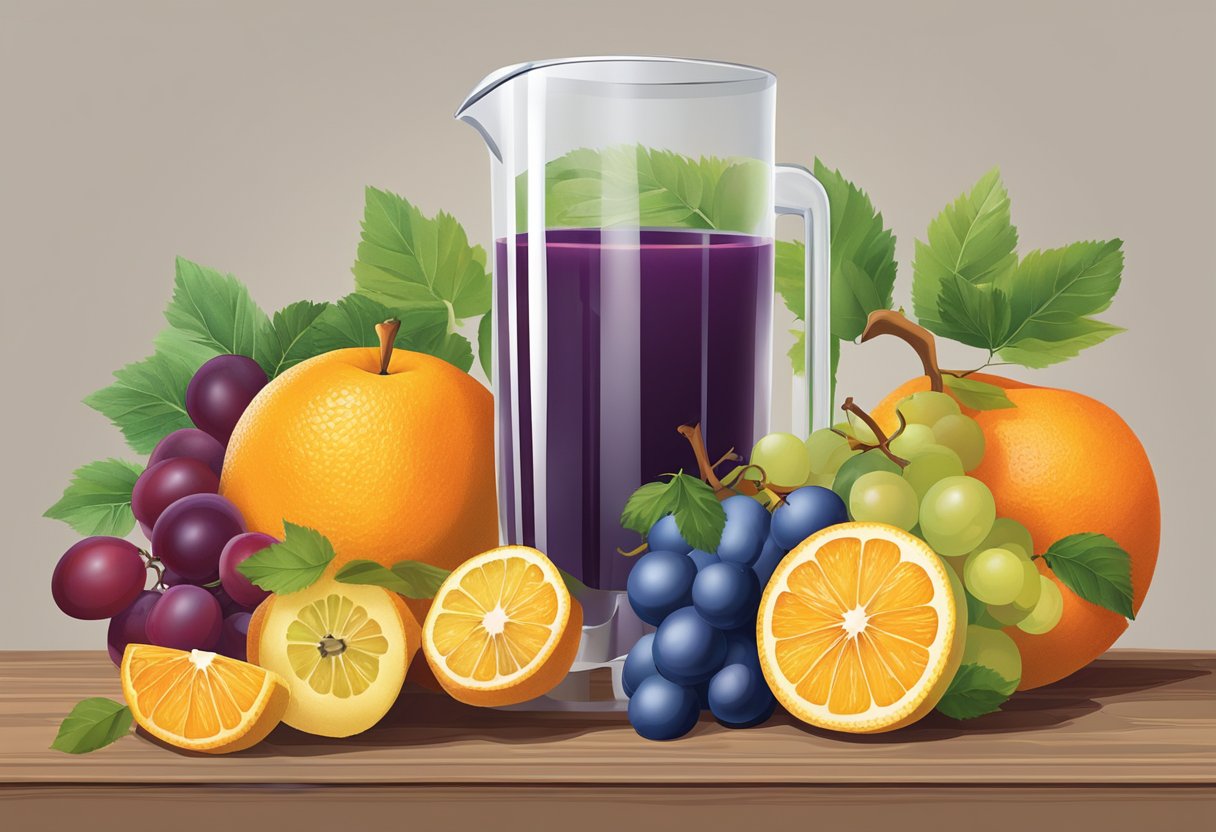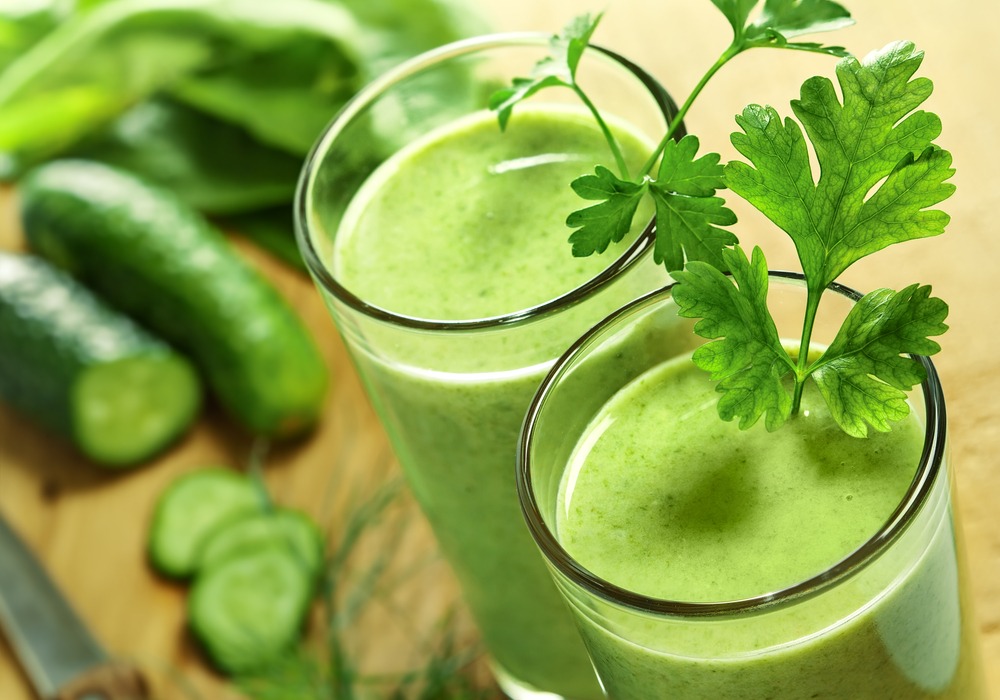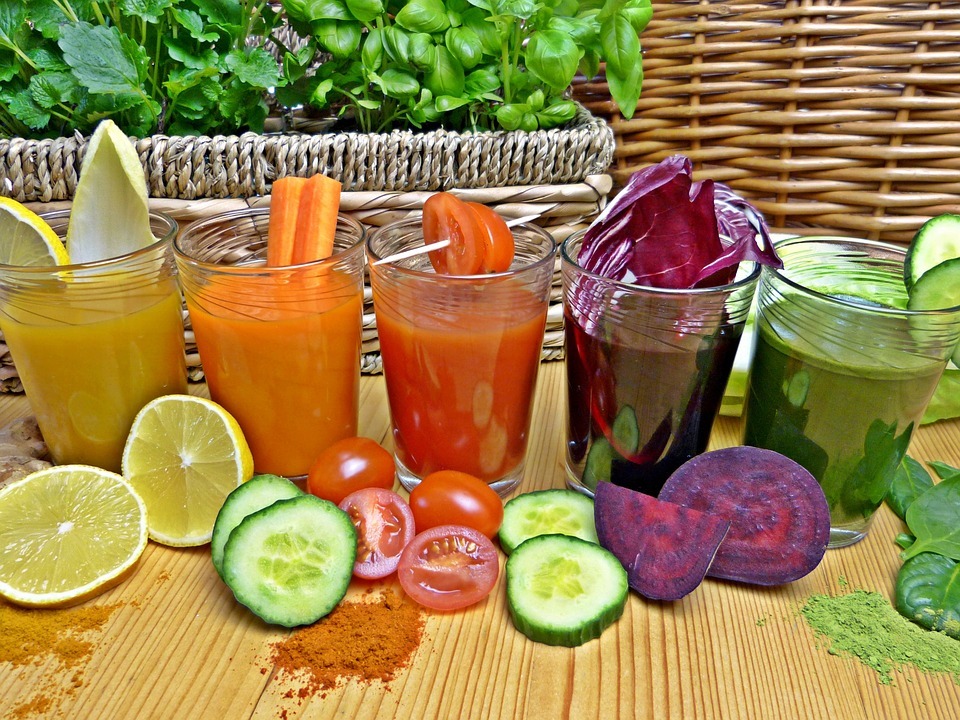Breadfruit Juice: A Starchy and Nutritious Boost for Your Daily Intake
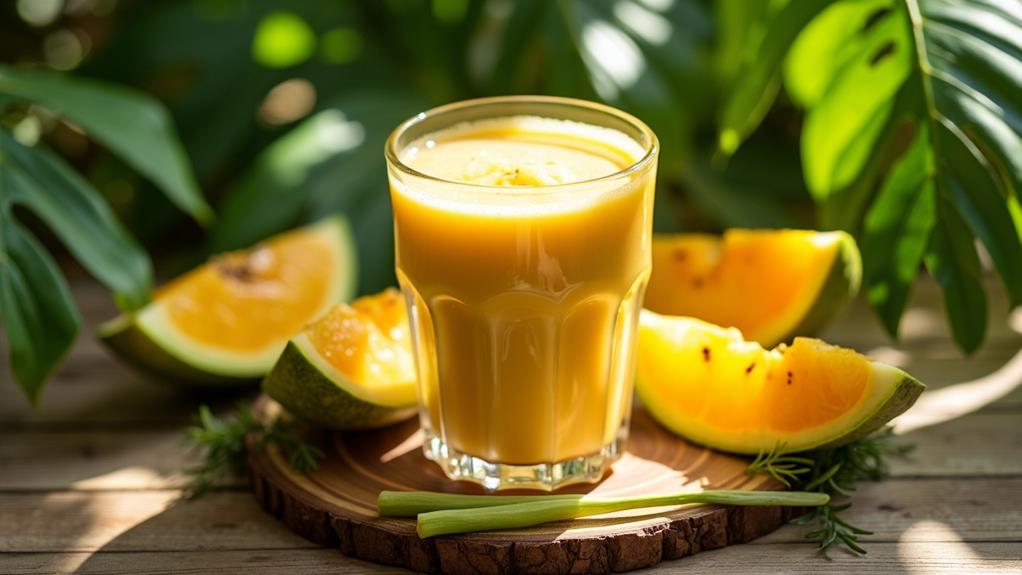
You're in for a nutritious treat with breadfruit juice. It offers 227 calories and 60g of carbohydrates per cup, providing you with an energy increase. Packed with potassium, it supports heart health and blood pressure regulation. The vitamin C content boosts your immune system and skin health, while its fiber promotes digestion. With its unique starchy texture, breadfruit juice satisfies hunger longer compared to other juices. Plus, it's gluten-free, making it suitable for those with sensitivities. Spice it up with ginger or mint for added flavor and benefits. Uncover more about this remarkable juice's impact and preparation methods.
Nutritional Profile of Breadfruit Juice
When you're looking for a nutrient-packed beverage, breadfruit juice stands out with its impressive nutritional profile. It's loaded with carbohydrates, providing a substantial 60g per cup, which can serve as an excellent energy source for your daily activities. Alongside this, each cup offers about 227 calories, making it a nutrient-dense choice if you need an enhancement in your diet.
Breadfruit juice is also a powerhouse of potassium, delivering around 1080mg per cup. This high potassium content plays a significant role in maintaining healthy blood pressure and supporting heart function. Additionally, you'll find a considerable amount of vitamin C—approximately 63.8mg per cup. This vitamin is crucial for strengthening your immune system and enhancing skin health.
The juice's high fiber content, at 10.8g per cup, aids in digestion, promoting gut health and ensuring your digestive system functions smoothly. This fiber helps regulate bowel movements and supports a healthy gut environment. By incorporating breadfruit juice into your diet, you're not only enjoying a delicious beverage but also fueling your body with important nutrients that support general well-being and ideal bodily functions.
Health Benefits of Consuming Breadfruit Juice
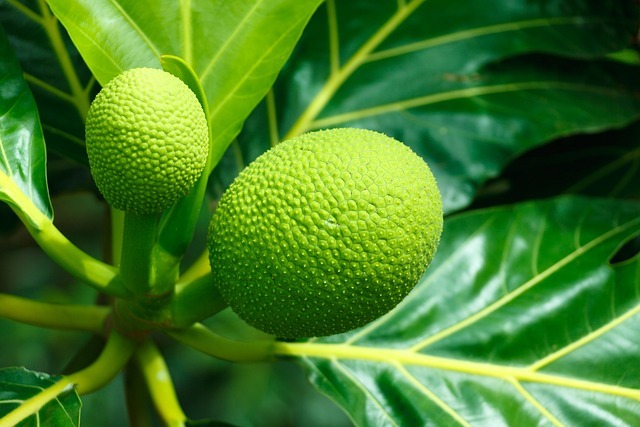
Submerge yourself in the health benefits of breadfruit juice and uncover why it's a remarkable improvement to your diet. Packed with potassium, breadfruit juice offers around 1080mg per cup, making it an excellent ally for your blood pressure and heart health. By helping to regulate blood pressure, it plays a crucial role in maintaining cardiovascular wellness. Being vitamin C rich, with 63.8mg per cup, it elevates your immune function and supports collagen production, contributing to healthier skin.
Breadfruit juice is a fantastic source of dietary fiber, promoting digestive health by preventing constipation and improving gut function. Its gluten-free nature guarantees that even those with gluten sensitivities can enjoy its benefits without concern. The antioxidant properties found in breadfruit juice help reduce inflammation and combat oxidative stress, which may lower your risk of chronic diseases.
Adding breadfruit juice to your daily intake not only supports your immune system and heart health but also improves digestive health and offers a gluten-free nutritional enhancement. With its ability to reduce inflammation and provide crucial nutrients, breadfruit juice is a nutritious choice you won't want to miss.
Breadfruit Juice Recipes and Preparation
Creating breadfruit juice is a straightforward process that allows you to enjoy its rich nutrient profile. Start by preparing the breadfruit: remove the stem, wash the fruit, and cut it into smaller pieces. This preparation makes it easier to blend the breadfruit with water, resulting in a beverage packed with nutritional value. Regardless of whether you choose ripe or unripe breadfruit, you'll retain its high fiber, vitamin C, and potassium content, enhancing your health benefits.
For a sweeter flavor profile, go for ripe breadfruit. If you prefer a starchy texture and savory taste, opt for unripe breadfruit. Once blended, you can strain the mixture to achieve a smoother consistency. Improve the juice by adding spices like ginger or mint during the blending process. These not only elevate the flavor but also introduce anti-inflammatory properties.
Experiment with recipes by incorporating breadfruit juice into smoothies or health drinks. Remember, the juice is best consumed fresh, but you can store it in the refrigerator for up to 48 hours. This guarantees you maximize the flavor and nutritional value, giving your daily intake a nutritious boost.
Comparing Breadfruit Juice to Other Juices
Juice enthusiasts often overlook breadfruit juice, yet it offers distinct advantages over many popular fruit juices. When you explore its nutritional profile, you'll notice its impressive benefits compared to other options. Breadfruit juice stands out due to its higher dietary fiber content, with about 10.8g per cup. This increase in fiber aids digestion and promotes satiety, making it an excellent supplement to your daily intake.
Consider these key comparisons:
- Breadfruit juice has a lower sugar content than orange juice, making it a suitable choice if you're monitoring your sugar intake.
- It's rich in potassium, offering around 1080mg per cup—more than apple or grape juice—supporting heart wellness and helping regulate blood pressure.
- Unlike many fruit juices, breadfruit juice contains crucial amino acids, contributing to a balanced nutritional profile.
Moreover, the starchy texture of breadfruit juice provides a unique flavor experience and serves as a more filling alternative, thanks to its complex carbohydrates. This makes it an excellent option for sustained energy throughout the day. By choosing breadfruit juice, you're opting for a nutritious and heart-healthy choice that can improve your daily dietary routine.
Potential Allergies and Precautions
When considering breadfruit juice, it's vital to be aware of potential allergies and precautions. Breadfruit can trigger allergic reactions in some people, especially if you've had issues with other fruits in the mulberry family. If you're allergic to birch pollen, be cautious, as cross-reactivity might cause symptoms when consuming breadfruit. Cooking breadfruit offers a way to reduce potential allergic reactions since it can denature proteins that cause these reactions.
Unripe breadfruit poses a separate risk, as it contains toxins that can lead to gastrointestinal issues if not prepared correctly. To avoid this, always guarantee proper cooking methods are followed. If you're dealing with diabetes, you'll need to pay extra attention to your blood sugar levels when enjoying breadfruit juice. Its carbohydrate content can affect your glycemic response, making monitoring vital. Balancing your intake with other foods and consulting with a healthcare provider can help manage these effects.
Environmental and Economic Impact
Breadfruit cultivation offers significant environmental and economic benefits that are hard to ignore. In tropical regions, it supports local economies by providing a steady income for farmers and enhancing food security. Unlike many staple crops, breadfruit thrives in diverse climates with much less water, promoting agricultural sustainability. Its deep root systems improve soil quality, reducing erosion and enhancing nutrient retention, which is crucial for maintaining healthy ecosystems.
Consider these compelling points:
- Breadfruit strengthens cultural heritage and culinary traditions, enriching community identity.
- It fosters tourism through agro-tourism initiatives, offering visitors a taste of local life.
- Increasing global interest creates promising export markets, opening new economic opportunities.
By investing in breadfruit, you're not just supporting the environment but also contributing to the economic significance of these communities. The fruit's role in cultural heritage can't be overstated. It brings people together, celebrating shared traditions and fostering a sense of unity.
As the demand for sustainable food resources grows, breadfruit's potential in export markets could transform the economic landscape of producing regions. You'll find that supporting this versatile crop not only benefits the planet but also helps build resilient communities and sustainable futures.


